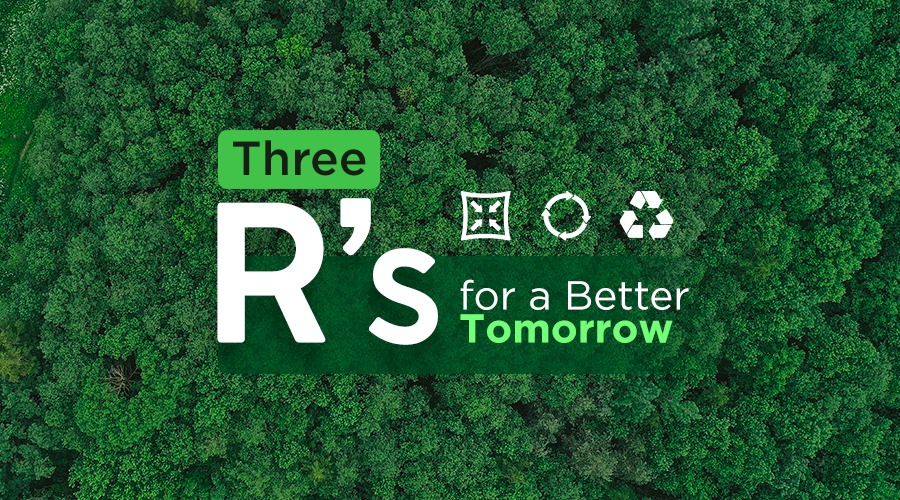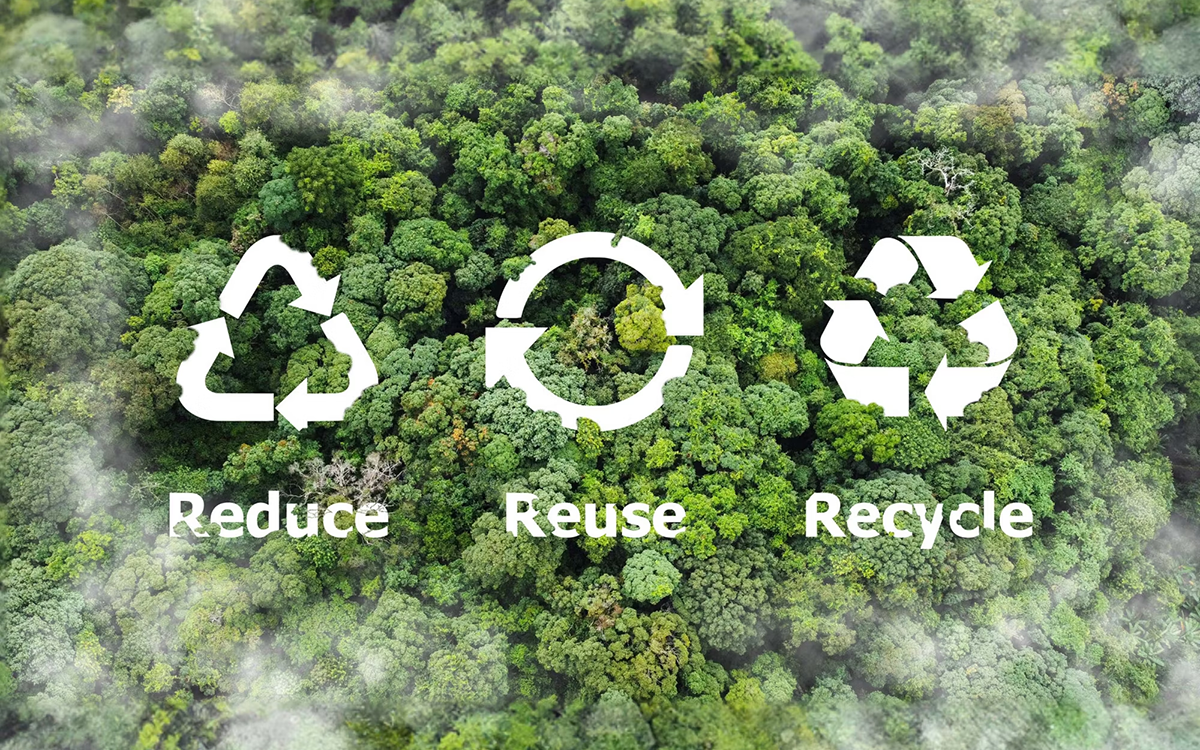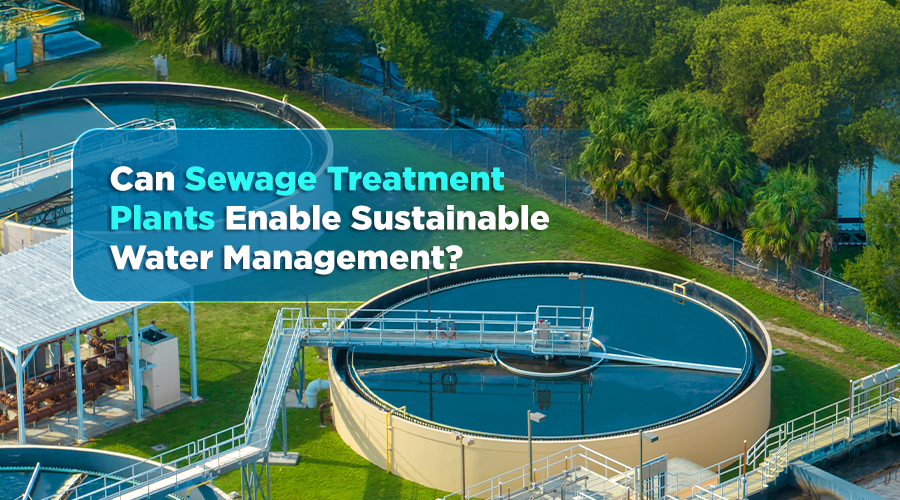Solid waste management in Bengaluru has become a much-discussed challenge, with numerous solutions and approaches being proposed, ranging from budget allocations to setting up solid waste management plants and waste segregation at the source. But how far are we with the implementation? The stark reality reveals that we are still grappling with the issue, as the city continues to combat the mounting piles of solid waste.
As per the Karnataka State Pollution Control Board (KSPCB), Karnataka generates about 11,044 tonnes per day (TPD) of municipal solid waste (MSW), with 50-55% being wet/organic waste, 30-35% dry waste, and 10-20% construction and demolition (C&D) and inert waste. Bengaluru Urban alone generates 4,593 tonnes daily, with only 1,943.8 tonnes being processed. This leaves a significant portion ending up in landfills, leading to severe environmental and health issues. To address this, a transformative shift from a linear to a circular waste management system is essential. Read on to explore how Bengaluru can adopt a circular economy model, emphasising the principles of Reduce, Reuse, and Recycle.
Linear Waste Management:
Process of Taking & Tossing Without Thinking
Imagine a straight line that starts with production, moves through consumption, and ends with disposal. This is the essence of linear waste management—a one-way street that doesn’t loop back or rethink the journey. It’s like constantly buying new clothes without ever considering mending, donating, or repurposing the old ones. While this model might seem convenient, it’s inherently unsustainable, leading to the rapid depletion of natural resources and the accumulation of waste in landfills. The major drawbacks include:
1. Resource Depletion:
Linear systems rely heavily on the extraction of raw materials, contributing to resource scarcity.
2. Waste Accumulation:
Most products like plastic-based commodities are designed for single use, leading to an increase in waste and landfill usage.
3. Environmental Impact:
The disposal of waste in landfills or through incineration releases harmful pollutants, affecting air, water, and soil quality.
Closing the Loop for Sustainable World
Now imagine an economy where nothing is wasted, and everything has a purpose, even after its initial use. This is the Circular Economy, where the goal is to close the loop by keeping products, materials, and resources in use for as long as possible. For instance- An old smartphone—rather than tossing it out, it’s refurbished and resold, or its parts are recycled into new devices. Think of food scraps being composted to enrich the soil, rather than ending up in a landfill. In a circular economy, every step is about maximising value and minimising waste, turning what we once considered trash into treasure. This system is based on three key principles:
1. Minimise Waste and Pollution:
Products are designed to minimise waste and environmental impact.
2. Keep Products and Materials in Use:
Through processes like repairing, refurbishing, and recycling, products and materials are kept in the economic cycle.
3. Regenerate Natural Systems:
Waste is used in a way that regenerates natural systems, such as composting organic waste to enrich soils.
For Bengaluru, transitioning to a circular economy is not just an environmental necessity but also an opportunity for economic growth and innovation.
The Role of Reduce, Reuse, and Recycle
Most of you have heard of the sustainability mantra- Reduce, Reuse, Recycle, but not many have realised the potential it carries. These core principles of a circular economy are more than just buzzwords; they offer a powerful framework for sustainable waste management that can transform our world.
Imagine cutting down on the stuff we buy (Reduce), finding new purposes for items instead of discarding them (Reuse), and turning waste into valuable resources (Recycle). Picture a Bengaluru where plastic bottles become new park benches, old clothes get a second life as insulation, and food scraps turn into nutrient-rich compost. The “3Rs” not only reduce the strain on our overflowing landfills but also conserve precious resources and cut down on pollution.
Reduce
Reducing waste at the source is the most effective way to manage waste. This can be achieved through:
1. Sustainable Consumption:
Encouraging residents to adopt sustainable consumption habits, such as buying in bulk, avoiding single-use plastics, and choosing products with minimal packaging.
2. Eco-friendly Products:
Promoting the use of products made from sustainable materials and designed for longevity.
3. Policy Interventions:
Implementing policies that discourage waste generation, such as plastic bans, higher taxes on non-recyclable materials, and incentives for businesses to adopt sustainable practices.
For instance, Bengaluru can follow the example of cities like San Francisco, which has implemented stringent waste reduction policies and achieved a significant reduction in waste generation.
Reuse
The next step in the circular economy is to keep products and materials in use. Reusing extends the life of products and reduces the need for new resources.
1. Repair and Refurbish:
Setting up repair cafes and workshops where residents can bring broken items for repair. This not only reduces waste but also creates job opportunities.
2. Second-hand Markets:
Promoting second-hand markets and thrift shops where people can buy and sell used items.
3. Sharing Economy:
Encouraging the sharing of resources, such as car-sharing, tool libraries, and community kitchens.
Recycle
Recycling is the process of converting waste materials into new products. While recycling is an essential component of a circular economy, it should be considered a last resort after reduction and reuse.
1. Segregation at Source:
Ensuring that waste is segregated at the source into categories such as organic, recyclable, and non-recyclable. This makes the recycling process more efficient.
2. Recycling Infrastructure:
Developing robust recycling infrastructure, including collection centres, sorting facilities, and recycling plants.
3. Education and Awareness:
Conducting campaigns to educate residents about the importance of recycling and how to do it correctly.
Implementing a Circular Waste Management System in Bengaluru
Transitioning to a circular waste management system in Bengaluru requires a collaborative effort involving the government, businesses, and residents. Here are some actionable steps:
Government Initiatives
1. Policy Framework:
Establishing a comprehensive policy framework that supports the circular economy principles. This includes regulations to reduce waste generation, incentives for businesses to adopt sustainable practices, and strict enforcement of waste segregation, specially on household levels.
2. Infrastructure Development:
- Investing in infrastructure for waste collection, segregation, and recycling. This includes building more recycling plants and composting facilities. As per Bruhat Bengaluru Mahanagara Palike (BBMP), there are currently 164 Dry Waste Collection Centers (DWCC) that facilitate the segregation and collection of dry waste. Additionally, Bengaluru boasts 7 Wet Waste Processing Plants with a processing capacity of 1,570 tonnes per day (TPD) and 13 Biomethanation Plants, with a processing capacity of 65 TPD.
3. Public-Private Partnerships:
Encouraging partnerships between the government and private sector to develop innovative waste management solutions.
Business Innovations
1. Sustainable Business Practices:
Businesses should adopt sustainable practices such as using eco-friendly materials, designing products for durability, and implementing take-back schemes.
2. Corporate Social Responsibility (CSR):
Companies can contribute to waste management efforts through CSR initiatives, such as sponsoring recycling programs and conducting awareness campaigns.
3. Innovation and Technology:
Leveraging technology to develop innovative solutions for waste management. For example, using AI and IoT for efficient waste collection and sorting.
Community Engagement
1. Awareness Campaigns:
Conducting awareness campaigns to educate residents about the importance of waste reduction, reuse, and recycling
2. Community Initiatives:
Supporting community initiatives such as neighbourhood composting, cleanup drives, and repair workshops.
3. Incentives for Participation:
Providing incentives for residents to participate in waste management programs, such as discounts on utility bills for those who segregate waste correctly.
Conclusion
Transitioning from a linear to a circular waste management system isn’t just a lofty goal—it’s a vital step towards a sustainable future for Bengaluru. By embracing the powerful principles of Circular Economy, the city can dramatically cut its environmental footprint, conserve precious resources, and spark new economic opportunities. But this ambitious shift requires a united effort from all corners of society: the government, businesses, and every individual resident.
As Bengaluru takes strides towards a circular economy, remember, every small action matters. Whether it’s choosing to recycle, repairing rather than discarding, or opting for less wasteful products, your choices contribute to a cleaner, greener city. Together, we have the power to turn Bengaluru into a shining example of sustainable waste management, paving the way for a brighter future for our city and our planet.
Sources:
https://planning.karnataka.gov.in/storage/pdf-files/Economic%20Survey/Chapter%20Eng%2020.pdf






